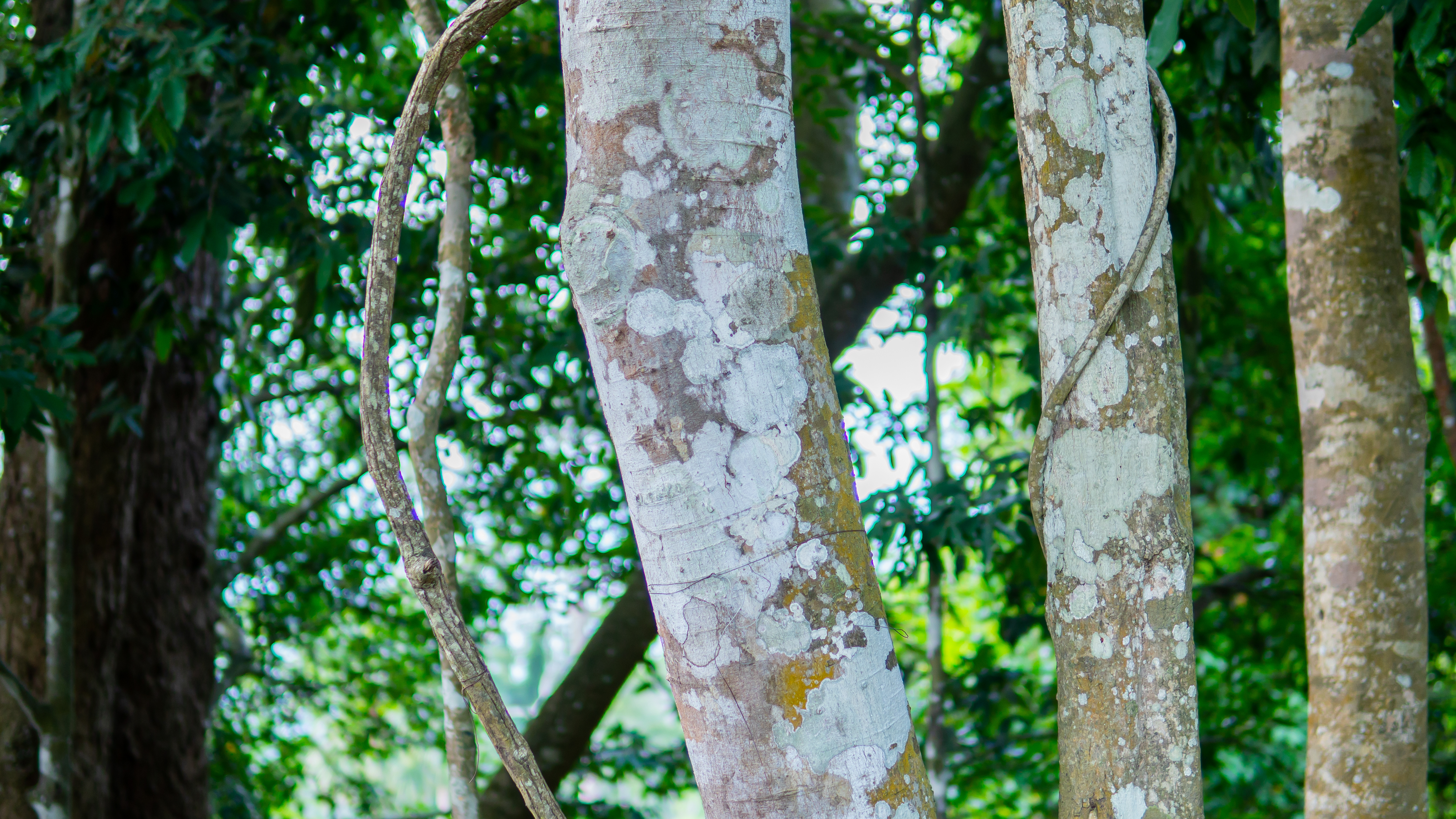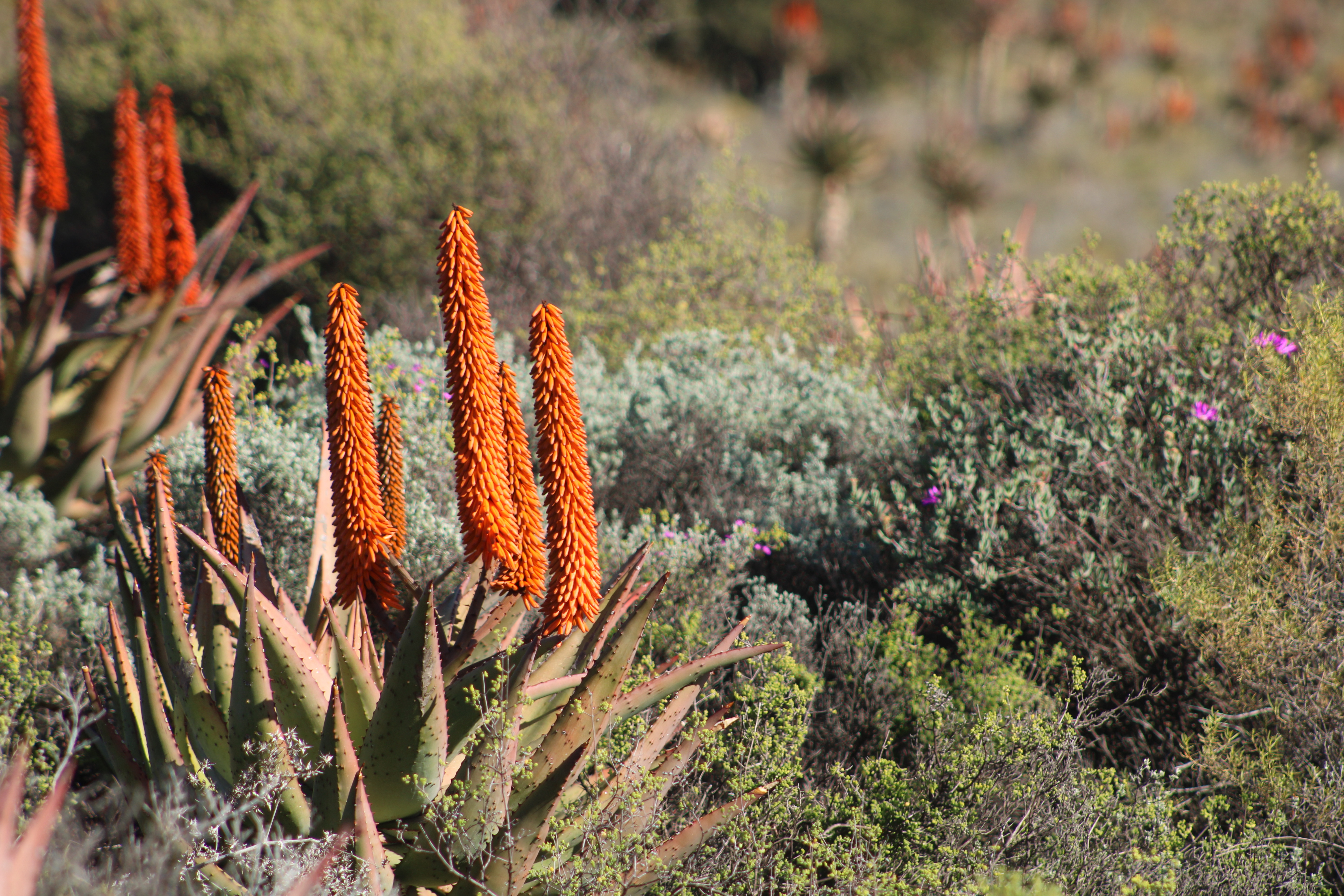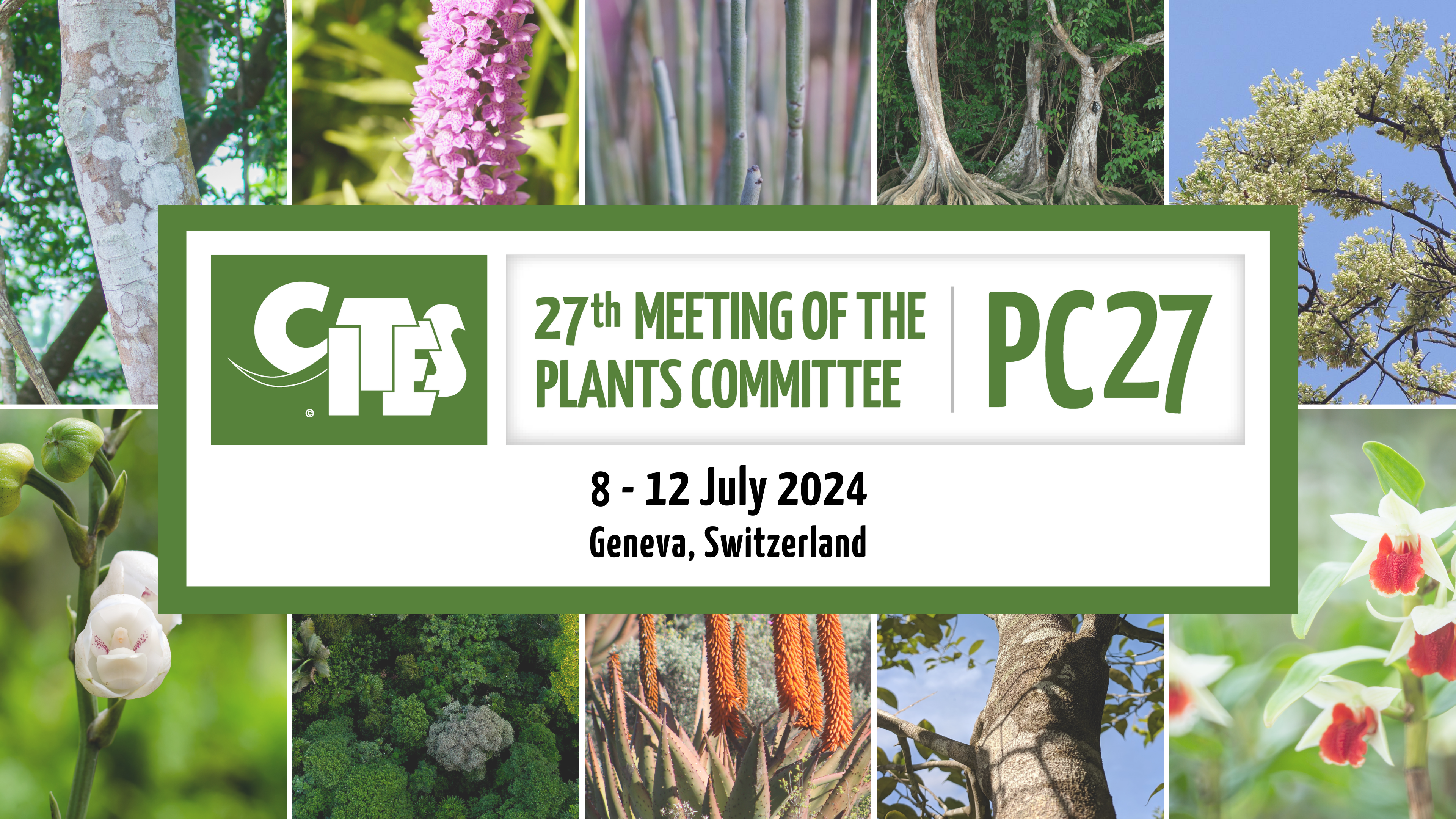
Geneva, 2 July 2024 — Plants comprise over 80 per cent of the wildlife species listed in the Appendices of the Convention on International Trade in Endangered Species of Wild Fauna and Flora (CITES). This accounts for roughly 35,000 species of trees, orchids, aloes and other flora whose trade is regulated by this unique inter-governmental agreement grounded in science. Among them are numerous species that hold high economic value in international trade. Agarwood is harvested for its use in luxury perfumes. Rosewood timber is highly sought after to make furniture and musical instruments. Orchids are sometimes ground into powder to make teas and desserts.
Ensuring that the harvest and international trade of these species is not detrimental to their survival in the wild requires striking a balance between the economic benefits that are derived from them and understanding their conservation needs. Every year, some of the world’s leading plant conservation and trade experts convene a meeting to provide critical scientific guidance on the sustainable trade and conservation of CITES-listed plants. This scientific advisory body of the Convention is known as the CITES Plants Committee.
From 8 to 12 July 2024, Members of the CITES Plants Committee and participants from 59 Governments and 35 observer organizations are set to gather in Geneva, Switzerland for the 27th meeting of the CITES Plants Committee (PC27). A total of 272 participants will contribute to discussions relating to the regulation of trade in medicinal and aromatic plants, orchids and various African and neotropical tree species.
CITES Secretary-General Ivonne Higuero said: “The contributions made by the scientific experts from the various regions serving as Members of the CITES Plants Committee, with the support from the representatives of observer Parties and observer organizations, strengthen the scientific basis of the Convention and embody CITES scientific diplomacy at its best: knowledge-sharing for the cultivation of a sustainable future for all people and planet.”

Central to CITES scientific processes is the Review of Significant Trade (RST), which aims to identify species included in CITES Appendix II that may be subject to unsustainable levels of international trade. The role of the CITES Plants Committee in this year’s RST process is to review the progress of certain countries on the implementation of recommendations for flora cases such as African rosewood (Pterocarpus erinaceus), lign agarwood (Aquilaria malaccensis and Gyrinops spp.)and rose bubinga (Guibourtia tessmanni).
Following the confirmation of support from the German government and the International Climate Initiative (IKI) in December 2023, the Committee will hear updates on the CITES Tree Species Project on Sustainable Trade and Forest Governance and provide an update on an interdisciplinary study relating to CITES and Forests.
For the review of matters concerning both fauna and flora, the CITES Plants Committee will meet with the CITES Animals Committee for a joint session on 12 and 13 July 2024. This session will address key complementary matters including the transport of live specimens and guidance on Non-detriment Findings (NDFs), which are the results of science-based assessments that verify whether a proposed export is detrimental to the survival of a species or not.
Recognizing the role of CITES in the global collaborative effort to conserve biodiversity through sustainable use and well-regulated trade, the Committees will also examine the scientific aspects of the CITES Strategic Vision 2021-2030, the Kunming Montreal Global Biodiversity Framework and the Intergovernmental Science-Policy Platform on Biodiversity and Ecosystem Services (IPBES) Report on the Assessment of the Sustainable Use of Wild Species.
The CITES Plants Committee was established at the 6th Conference of the Parties (CoP6) in Ottawa in 1987. In its advisory role, it is tasked to provide technical and scientific advice to the Parties, the Standing Committee and the extended CITES community, in support of the Convention’s contributions to the long-term conservation and sustainable use of plant species.
For more information on the 27th Meeting of the CITES Plants Committee

Previous CITES Plants Committee Meetings
____________________
Editor’s Notes:
For media enquiries, please contact cites-media@un.org
For general enquiries, please contact info@cites.org
About CITES
The Convention on International Trade in Endangered Species of Wild Fauna and Flora (CITES) was signed on 3 March 1973 and entered into force on 1 July 1975. With 184 Parties (183 countries + the European Union), it remains one of the world's most powerful tools for wildlife conservation through the regulation of international trade in over 40,900 species of wild animals and plants. CITES-listed species are used by people around the world in their daily lives for food, health care, furniture, housing, tourist souvenirs, cosmetics or fashion. CITES seeks to ensure that international trade in such species is sustainable, legal and traceable and contributes to both the livelihoods of the communities that live closest to them and to national economies for a healthy planet and the prosperity of the people in support of UN Sustainable Development Goals.
Follow CITES on social media:
Find out more: https://cites.org/eng